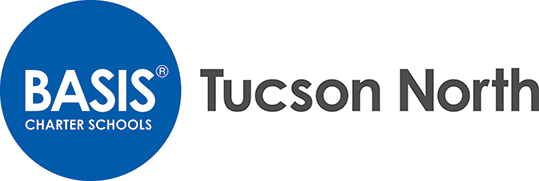Week 08: Unseen and Underrated: Medical Assistants in the Modern Healthcare World
Diya B -
Happy April, everyone! After four weeks working at Desert Sky Spine and Pain Clinic, I’ve become more comfortable rooming patients, assessing vitals, and drawing up medications for my providers. Rather than theorizing the skills we learned in class, I have finally grown comfortable applying my skill set in a real-life clinical setting. This past month, I have expanded my knowledge of professionalism, efficiency, and communication as a medical assistant in the healthcare field.
As mentioned in my previous post, almost all of my classmates have begun their clinicals and are actively working as medical assistants in various local locations. The purpose of my project is not only to showcase my journey of schoolwork and clinicals as a medical assistant but also to reveal how an incoming group of student medical assistants feels in the modern healthcare sphere.
Historically, medical assisting has been one of the most overshadowed careers in the healthcare industry. Despite acquiring numerous skills and frequently serving as the initial professional a patient interacts with, medical assistants suffer from woeful undervaluation and lack of recognition. To shed light on our crucial role and widespread skillset, I conducted an anonymous, quantitative survey where the student medical assistants were asked three questions, which were rated on a scale of 1-5 (1 being lowest, 5 being highest): 1) How welcoming and appreciative is your clinic towards medical assistants? 2) How applicable are the skills we learned in class to your internship experience? 3) How accurately do you feel the job responsibilities and relevance of medical assistants are represented to the public?
In my data set (23 students), approximately 80% of the student medical assistants ranked the applicability of our skill set learned in class a 5, indicating they felt our widespread skill set was applicable in various specialty clinics, including cardiology, neurology, family practice, and dermatology clinics. In contrast, a majority of the class ranked a 1 or a 2 for question 3, indicating they felt their role as medical assistants was not displayed accurately to patients and the general public.
Next week, I will conduct a repeat survey, along with interviewing certain students about their experience, so we have a better representation of various medical assistants’ roles in the clinical atmosphere. Stay tuned for more data and more clinical stories!

Comments:
All viewpoints are welcome but profane, threatening, disrespectful, or harassing comments will not be tolerated and are subject to moderation up to, and including, full deletion.